The ordinary feminist: the mother
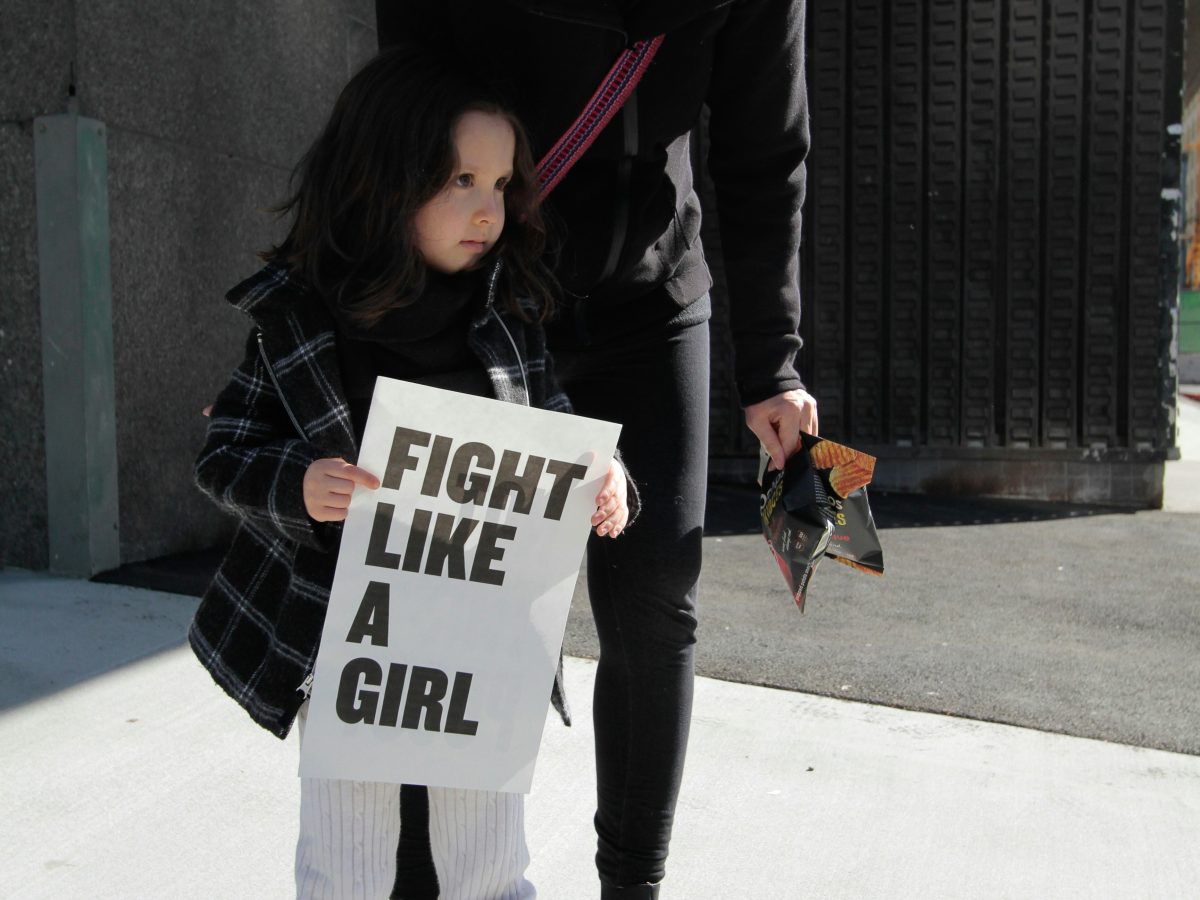
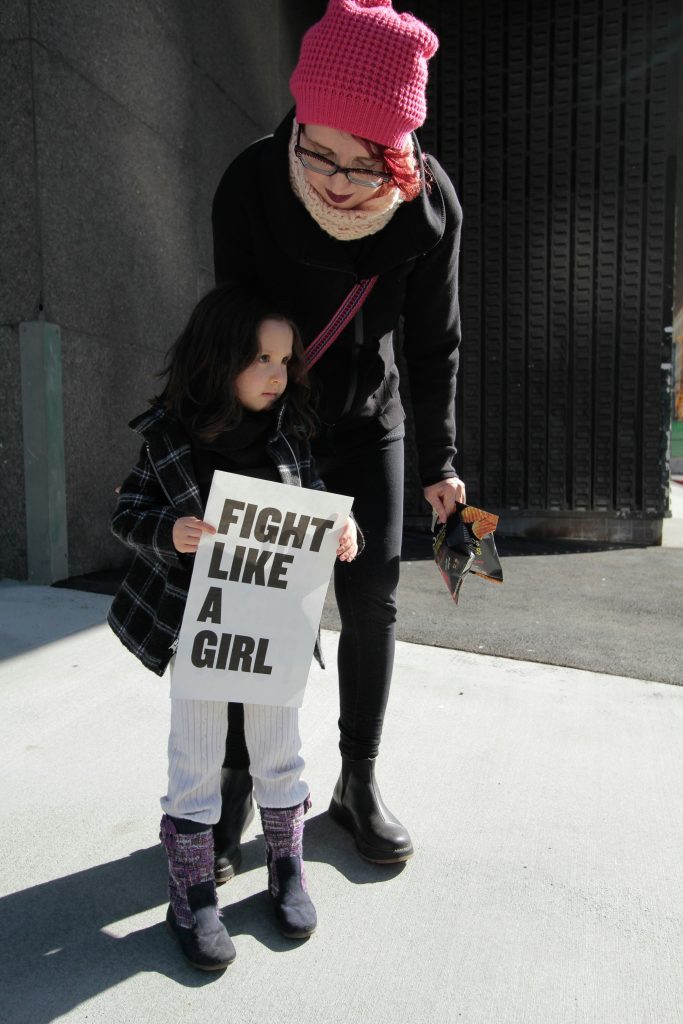
My first child was born at home. During my pregnancy we were fascinated by the shifting shapes inside my belly, and our favourite moment of each check-up was hearing the amazing gallop of the baby’s heartbeat. Nothing, however, could prepare us for the moment when our child was finally there, in our arms. We held the baby, marvelling at the unfocused gaze of those dark blue eyes, the little tufts of hair, the incredibly tiny fingers and toes. I have no idea how much time passed before the midwife said, ‘Have you seen what it is?’. ‘Oh’, I exclaimed, completely surprised. ‘No’. The midwife took the baby and held it up. ‘Oh, a girl’, was my inane response. It hadn’t been important to either me or my partner to know the baby’s sex before birth, and even at that moment when we realized that we had a daughter, it was simply one more interesting detail. Far less momentous than the miraculous way she made walking motions when the midwife tested her reflexes.
If only it could have stayed that way. But in the supposedly liberated 10s, while sex or gender were unimportant within our home, the world around us had very different ideas. The starting shot for the gender war was fired when we were delivered a cake sent by my work to celebrate the baby’s arrival. A lovely sign that they cared, a delicious moist sponge that was ideal comfort food in a stressful time. The only thing was – it was covered in pink icing.
Buying clothes for a newborn was easy, we had a wonderful choice of colours and cute patterns. Red Christmas rompers with robins, striped outfits in grey, adorable fluffy white coats with polar bear ears, retro sixties-style oranges, purples and browns. As our baby grew, however, the choice rapidly shrank into two camps: the girls’ clothes, dominated by pink and silver, and the boys’ clothes, dominated by blue, green and black. I got distinctly tired of having to do clothes shopping twice, once to look through the girls’ clothes, once to look through the boys’. But there was no way I was going to pigeon-hole my child. The lowest point came when I was shopping on a popular UK website, with lovely clothes. There I found: in the girls’ section a red t-shirt with a lion and the text ‘I love Mummy’; in the boys’ section a blue t-shirt with an elephant and the text ‘I love Daddy’. Apparently little boys don’t love their Mummies, and little girls don’t love their Daddies. I bought both t-shirts and our daughter happily wore them.
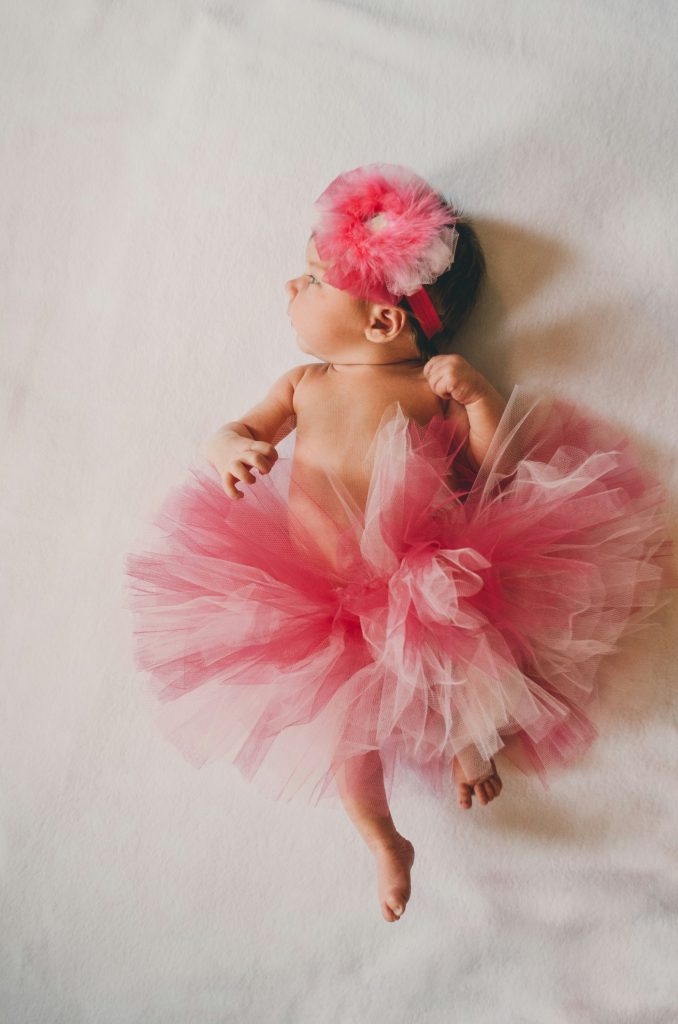
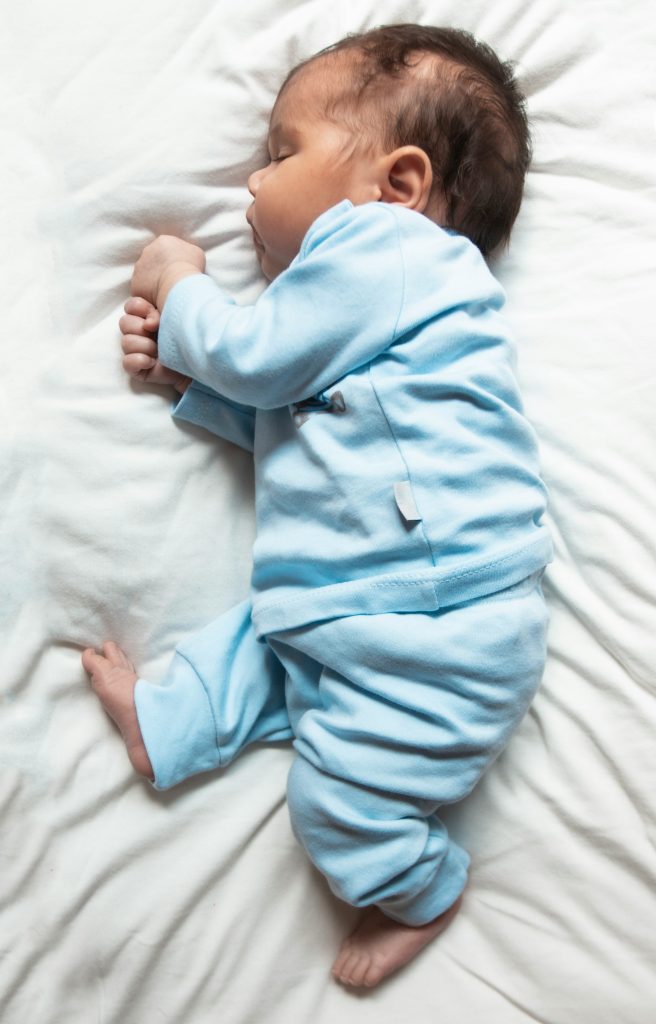
Three years later she was joined by a sister. Fortunately born in the same season of the year so all the clothes we had bought got a second lease of life. As our daughters grew, I continued to buy them both boys’ and girls’ clothes. Whatever I thought they would like. The world, however, started to make its views felt.
‘What a lovely little boy’, people would unfailingly say if my daughter was dressed in something blue, or that had tractors or dinosaurs on it. Who is it who decided that it’s the boys that get the dinosaurs?!
‘Why are you wearing boys’ shoes?’, my daughter was asked at school, as apparently trainers in black and orange are also reserved for those in possession of a Y-chromosome.
This divide cuts both ways and is in some ways tougher for the boys. I once saw a little boy in a shop discover a pink unicorn outfit. His eyes shining with delight, he asked his mother if he could have it. His mother said ‘No, pink is for girls’. He looked utterly devastated. Now, having often enough been the mother who says no to her child in shops, I wasn’t about to insist that she bought it. But the reason that she gave was, in my eyes, so completely absurd. What would be wrong with him wandering around in a pink unicorn outfit? Yet it is far more socially acceptable to have a tomboy daughter in a dinosaur t-shirt and orange trainers than it is to have a boy wearing a pink unicorn t-shirt and glitter trainers.
Nor was the gender divide limited to clothing. Throughout their toddler time, my daughters played happily with whatever toys they came across, building towers with blocks, dressing up as princesses but also as clowns and robots, making tea for their cuddly toys and hammering nails at their toy workbench. Their friends from creche were the same. Two little boys who were regular visitors loved nothing more than to make us ‘soup’ with various unusual ingredients. Then school started.
All of a sudden, the girls played with the girls and the boys played with the boys. Girls played with dolls and in the kitchen. Boys played football and built things. On a fancy-dress day, the girls dressed as princesses, the boys as superheroes. As time went on, my girls discovered online entertainment and were big fans of a particular Dutch website for games. One section in the site was ‘Meiden spelletjes’ – girls’ games. Dress-up and baking, kisses and weddings.
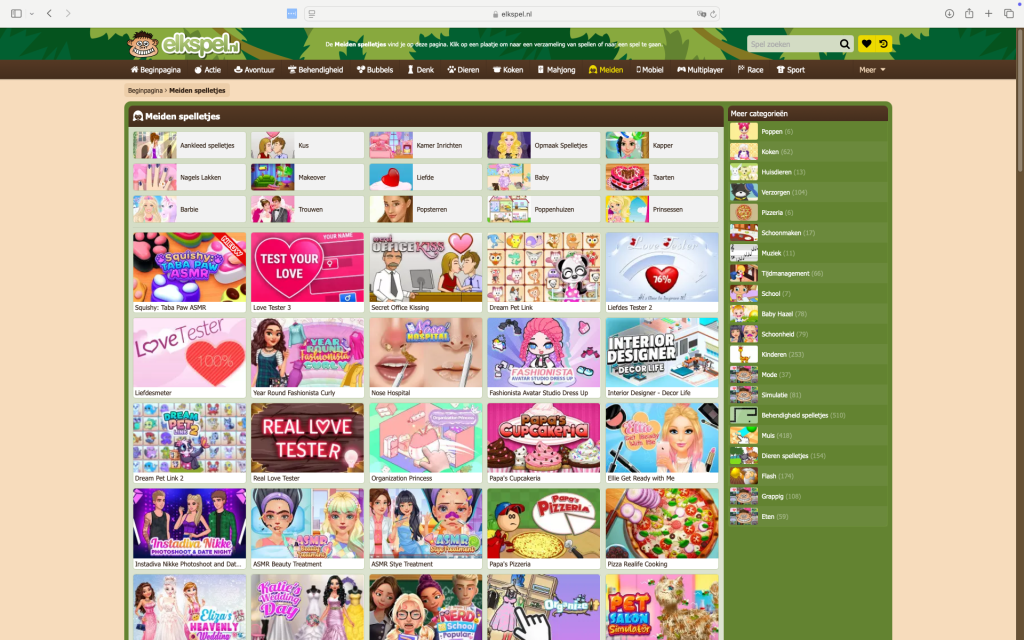
Scouting, on the other hand, was a wonderfully equal activity, boys and girls both constructing things from knotted rope and wooden poles and cooking outdoors. With the notable exception of the occasional ‘meidenopkomst’ – ‘girls’ meeting’ – when boys and girls alike did their nails and attempted an obstacle course while walking as if they were in high heels. It was positive that both boys and girls joined in. But, at the same time, it reinforced the idea of ‘this is what girls do’. And, as there were no explicit ‘boys’ meetings’, it implied that boys were the norm.
This sort of sexism masquerading as tolerance and equality disturbed me more than the overt kind. One day, my daughter brought home a book from the school library, and I idly picked it up. It was about a girl who wanted to join in with a group of boys who were building a treehouse. ‘No’, she was told, ‘girls can’t build treehouses’. Of course she persisted, and it turned out she was the best treehouse builder of the lot, so the book finished with her being accepted in the group. ‘What is this?’, I thought. ‘Girls are allowed to build treehouses, but only if they’re the best at it?’. Whereas there was no such talent check for the boys who wanted to participate. It’s a dangerous message, and I certainly notice that it has seeped into my consciousness from my own childhood. Even as an adult I still feel pressured to be, if not the best, then at least at the high end of the skill range in order to justify my female presence in a technical team. ‘Good enough’ is not good enough if you’re a woman.
It wasn’t only my daughters’ roles that were subject to expectations. My partner and I, who shared parenting equally, sometimes found ourselves being firmly put into our expected places. Products for children were covered with pictures of happy babies being held by their mum. Advertising and advice about children were directed primarily at the mother. It took quite a lot of effort to train the daycare staff to ring Daddy first, not Mummy. We had to keep reminding them that Daddy was half an hour away, whereas Mummy would take an hour to get there (when the traffic was good). Each school class had ‘class mothers’, parents of both genders who assisted the teachers but who were never referred to as ‘class parents’. And when my partner went along to help out on a school trip, he was given a name sticker that said: ‘Mother of…’. The list goes on.
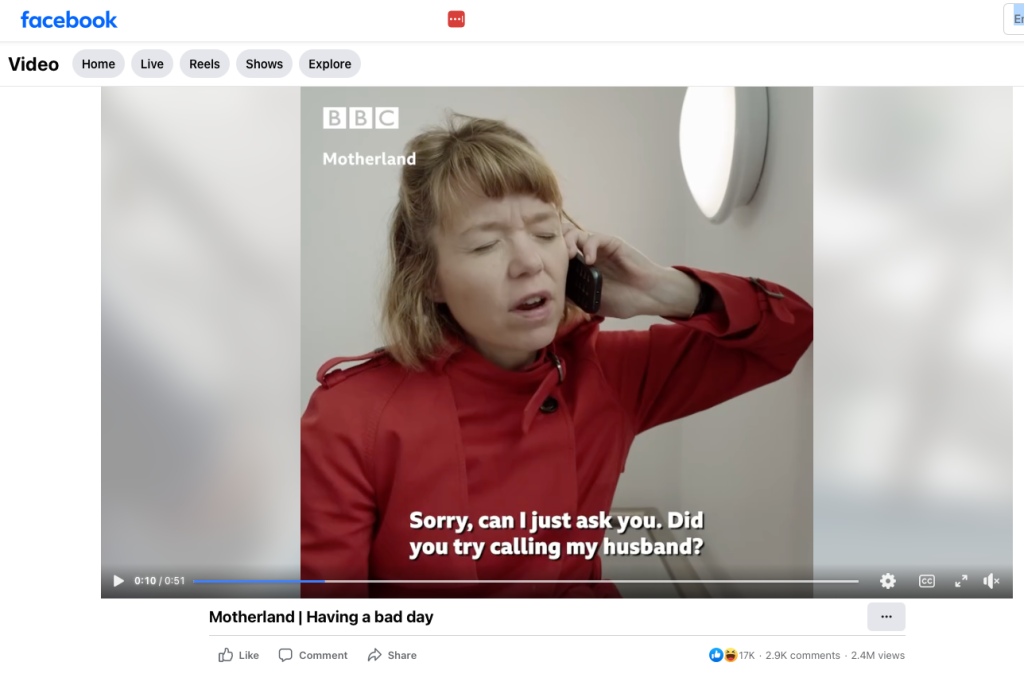
Sorry, can I just ask you, did you try calling my husband? No, you just called me, OK. No, just wanted to know, that’s all
Motherland
Given all this stereotyping, I feel the need to push back. To actively encourage my children to think outside the gender boxes and choose the clothes, the activities, the work that they want. As themselves, not ‘as girls’. Consequently, I want to be an example to my girls of how to be an independent, liberated woman. But there, I run into my own character. It just so happens that I’m better at cooking than at DIY, and that while I enjoy programming, the mere idea of maintaining our home network and computers brings me out in a miserable sweat. As a result, my partner does these things, while I do the more traditionally female jobs. So, while my role at work fits my feminist ideals, my role at home falls short. And that is the role my children actually see me in. Recently, my elder daughter came home from school to say that her class had to write about someone in their immediate circle who inspired them. Most of the class was writing about their fathers, she said. “Who are you going to write about?”, I asked. “Daddy”, she answered, and my heart sank.
In general though my girls, now a pre-teen and a teenager, make me extremely proud. They are both very much themselves, and are accepted as such by their friends and most classmates, even if some people still feel required to point out their differences. But still, doubt gnaws at me. How do I know that they are being themselves? My evidence is the fact that they don’t follow the crowd. But just suppose that what they truly want to be happened to be the same as what the crowd tells them to be? What if my girls loved pink, enjoyed doing their nails and dressing up, and had the ambition to one day have a big family and take care of them fulltime? If I support my children in being themselves, then that should be the case whatever those ‘selves’ are. The trouble is that when they go with the flow, it is not clear whether they do so because they truly want to, or because it’s what is expected of them. Whereas if they are swimming against the stream, then they are obviously doing what they truly want to do.
Or are they?
What if they are still following a crowd, but in their case the alternative, smaller crowd that says that if you are a liberated woman then you must rough and tumble with the boys, get top marks and choose for a tech career? In that case, insisting on staying home to take care of the kids would actually mark them out as independent, strong-minded women who refuse to conform to expectations. To me, that sounds a lot like being a feminist.
It would be the ultimate irony if my girls can’t be who they want to be because they feel required by feminists – including me – to always do the opposite to the gender stereotype. I want my girls to be strong, independent and happy. Whatever that looks like for them.
My older daughter is at the age that she is taking her first tentative steps towards choosing a career. My first reaction was to see this as a litmus test of me as a feminist mother. If she chooses a traditionally male career such as science, yay! If she chooses a classic female occupation such as working in a daycare, despair… Isn’t that ridiculous? As if there aren’t strong, independent, happy women in all professions.
I’m starting to comprehend that I don’t have to do the DIY and computer maintenance at home to be a good feminist mother, and that my girls don’t have to eschew makeup and be trailblazers in male-dominated professions to be good feminist daughters either. This raises a question that strikes to the heart of everything I have written in this series of blog posts.
“What is a good feminist?”
This post is part of the ‘Ordinary Feminist‘ series. The next – and final – post: What is a good feminist?.